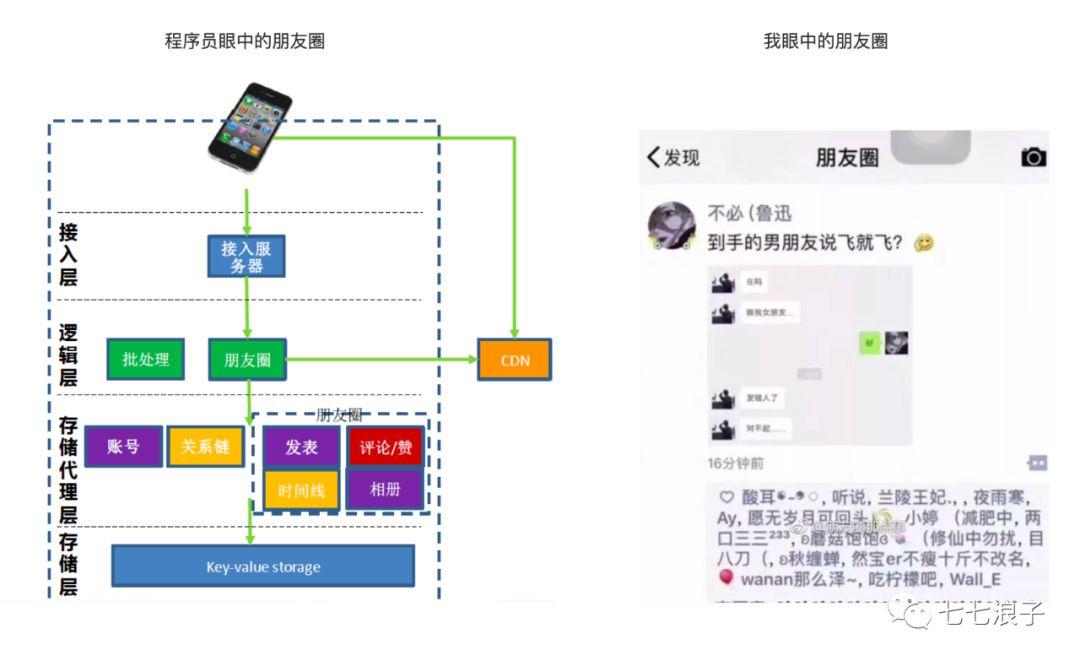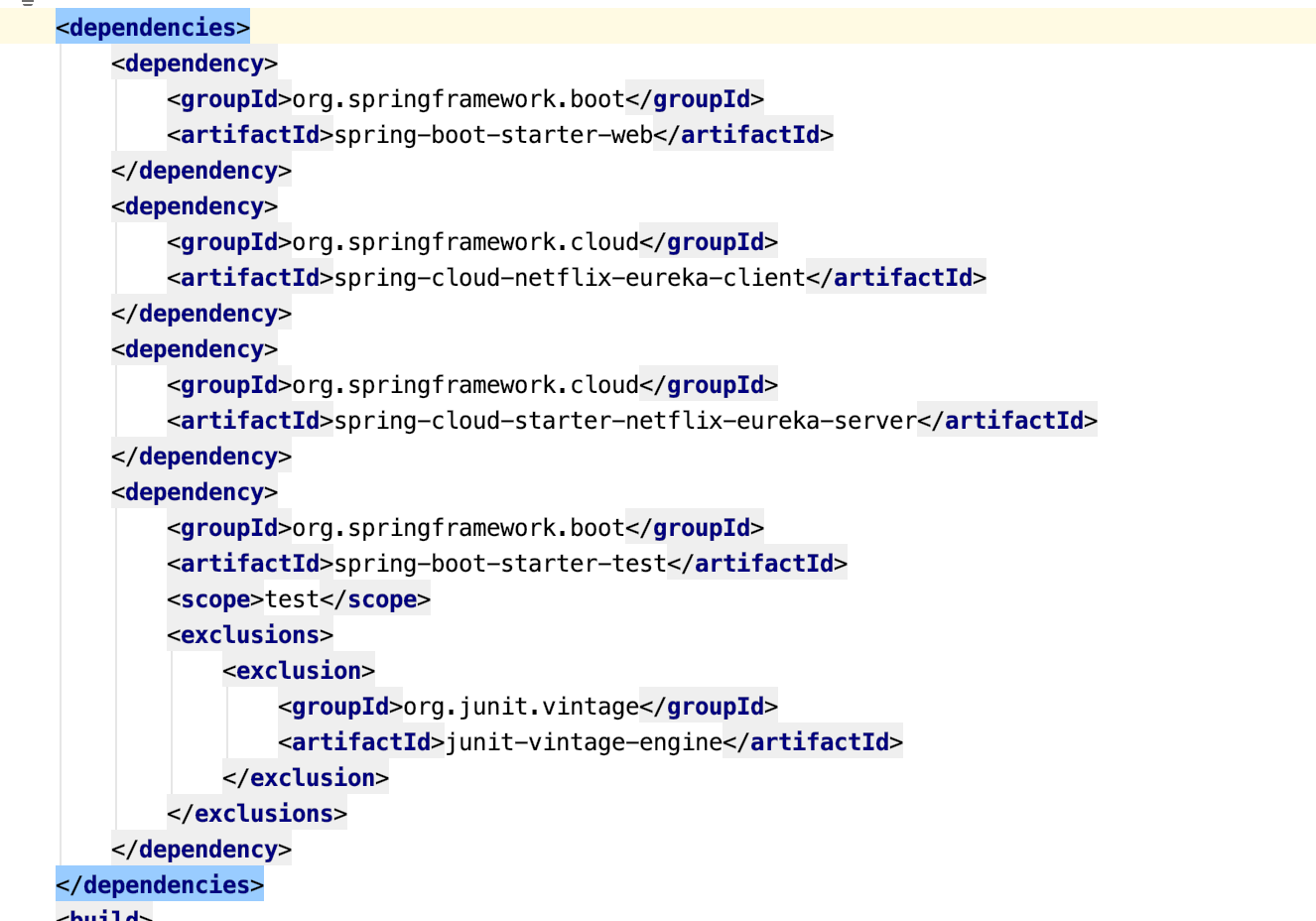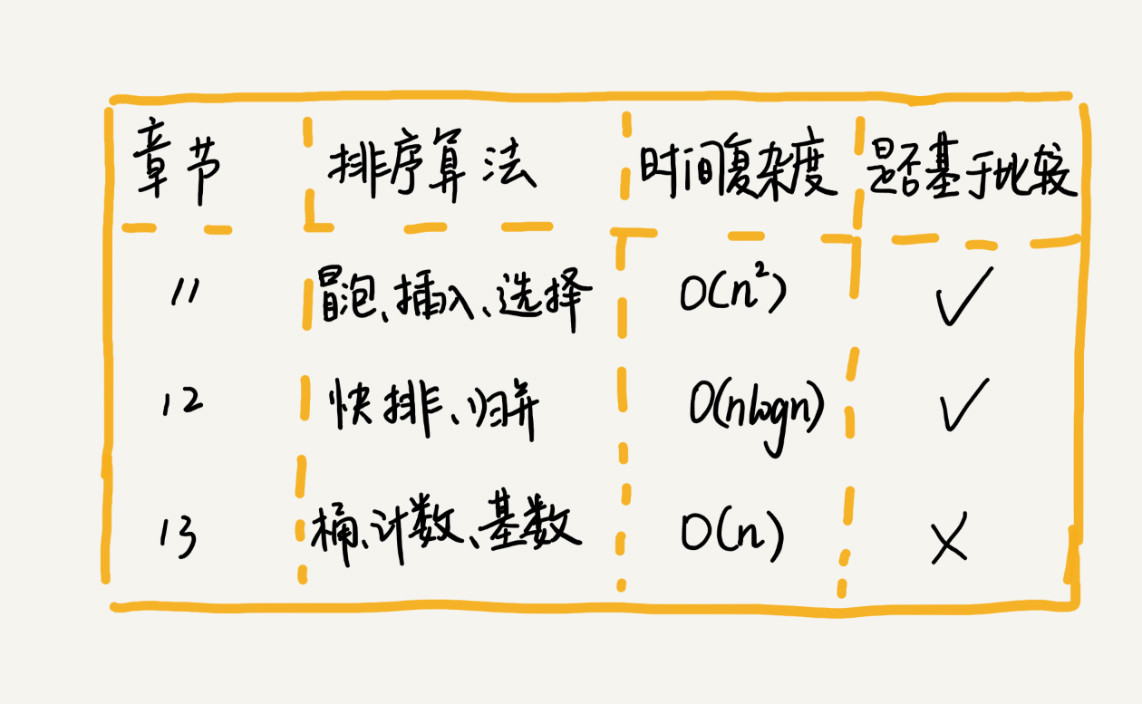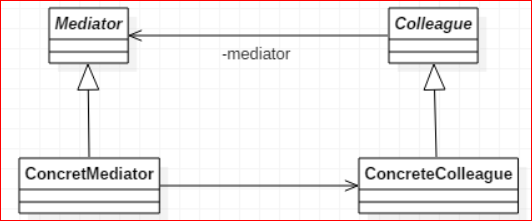如何在Java中正确处理异常,避免全局污染的问题实例
在Java中,正确处理异常主要是通过使用try-catch-finally结构来实现的。以下是一个实例:
public class ExceptionHandlingExample {public void dangerousMethod() {// 这里可能会抛出异常try {int divideByZero = 10 / 0;} catch (ArithmeticException e) {System.out.println("危险操作导致除以零错误: " + e.getMessage());}}public void safeMethod() {// 这里不会抛出异常try {int result = 15 / 2; // 分母不为0System.out.println("安全操作结果: " + result);} catch (ArithmeticException e) {System.out.println("安全操作导致除以零错误: " + e.getMessage());}}public static void main(String[] args) {ExceptionHandlingExample example = new ExceptionHandlingExample();example.dangerousMethod(); // 这里会抛出异常example.safeMethod(); // 这里不会抛出异常}}
在这个例子中,dangerousMethod()可能会抛出ArithmeticException(除以零错误),而safeMethod()则不会抛出任何异常。在main()方法中,我们分别调用这两个方法来演示如何正确处理异常。



































还没有评论,来说两句吧...